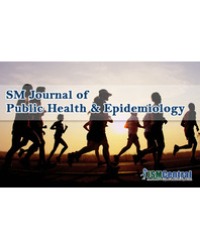
Thyroid Diseases in Populations Residing Near the Semipalatinsk Nuclear Test Site, Kazakhstan: Results from an 11 Years Series of Medical Examinations
Background: Some above ground nuclear tests conducted from 1949 to 1962 at the Semipalatinsk Nuclear Test Site led to radiation exposure of the public. We conducted medical examinations for hypothyroidism, thyroid cancer, and thyroid nodules with the purpose of providing documentation that might be used in determining whether these exposures had an impact on public health.
Methods: A series of medical field studies were carried out from 1999 – 2009 among volunteers living either in settlements which were potentially affected or which were not affected by the nuclear testing. Risk ratios were estimated between exposed and unexposed individuals.
Results: 1,287 examinations were carried out among 1,067 study participants. 456 were believed to have been exposed and 577 were not. For 34 participants, the exposure situation could not be determined. Risks for hypothyroidism and for thyroid cancer were lower in the exposed compared to the unexposed, i.e., the risk ratios were 0.22 (95%CI, 0.11-0.47) and 0.75 (95%CI, 0.37-1.54), respectively. Looking at affected settlements only did not change the result. For thyroid nodules the risk ratio was 0.99 (95%CI, 0.73-1.35), in affected settlements it was 1.26 (95%CI, 0.81-1.95).
Conclusion: There was no indication for an elevated risk of hypothyroidism or thyroid cancer among those who were believed to have been exposed compared to those who were likely unexposed. However, an elevated risk for thyroid nodules could not be ruled out among those living in affected settlements. The strength of these f indings is limited by the absence of individual radiation dose estimates.
Nagah Abdel Aziz Selim¹, Mariam Al-Mass², Mohammed Al-Kuwari³ and Mansoura Salem Ismail⁴*

